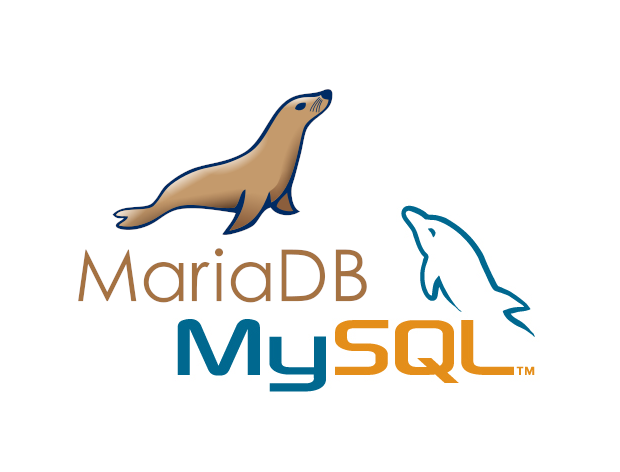Career
Career – How to get your next job without applying for it
If you’ve looked for a job recently, the first thing you probably noticed is that the recruitment process is broken. You could be perfectly qualified for a job and apply for it and then hear nothing back for months.
Hiring managers don’t like the broken recruiting process any better than job-seekers do. HR people don’t like it.
Nobody likes the broken, talent-repelling Black Hole recruiting portals except the vendors who charge their corporate and institutional clients to use their broken software.
There’s a better way to get a job. You’re probably not going to get your next job by filling out an online application form, because if you get your job that way, you’re going to put up with a lot of unnecessary stress and headaches.
You’re better off reaching out to your own future boss directly and starting a conversation with him or her. If you have to fill out some forms at the end of the process, you won’t mind because you’ll already have the job at that point.
Here are three ways to get a job that don’t require spending hours sitting in front of your computer answering idiotic questions with answers that no one will read. These three job-search methods are empowering. You’ll have to invest some brain cells and elbow grease in the process — but then again, why not? It’s good for you!
Wait For It, Then Pounce
I didn’t start writing for publication until 1997, but I’ve been an HR person since 1984. Long before I ever put my thoughts about recruiting in writing, I had ideas for topics to write about.
One of my first ideas was “I need to tell people not to apply for a job right away, but to wait for the manager’s hopes for a quick hire to be dashed after his or her first round of interviews!”
There is a magical moment for a job-seeker when an enthusiastic hiring manager has received his or her first batch of resumes and chosen five or six people to interview.
The interviews happen. The hiring manager isn’t excited about any of the five or six candidates s/he has met. Why not?
Those people were chosen for interviews because their resumes or online applications matched the hiring spec more closely than the other resumes did. So what?
That’s a terrible barometer for whether or not a person can do a job. It is extremely common for the manager to conduct an initial round of interviews and go into.an emotional slump.
He or she loses confidence. S/he thinks Did I write this job ad badly? (Answer: yes.) This is your perfect moment to pounce. It’s a good thing you didn’t apply for the job earlier and don’t already have a “Thanks but no thanks!” message from HR in your inbox.
This is a moment to send the hiring manager a Pain Letter straight in the mail. The perfect moment is about three weeks after the job ad runs.
Does the job ad say that applications must be received by X date? Ignore that. You’re not filling out an application, anyway — you’re writing a human Pain Letter to a human manager through the postal service.
Deadlines do not apply to you because you’re not following the established (and broken) recruiting process. If they’ve already made a new hire in three weeks, then the process was rigged anyway and somebody’s brother-in-law got the job.
Anticipate It
You are more likely to get your next job with an organization that hasn’t posted an opening for the kind of work you do than with a firm that has posted a job ad. When they post a job ad, you’re competing with lots of other people.
When you write to hiring managers in pain who don’t have job ads posted, you get to start a conversation about pain and solutions with the hiring manager — and in that case, you are the only candidate in the mix.
The chart below shows the allocation of your precious job-search time and energy divided three way. One-third of your time and energy will go to responding to posted job ads.
When you respond to those ads, you won’t fill out any online job applications. You’ll write a Pain Letter and send it to your hiring manager — the person who will be your boss in your new job – instead. Not sure how to find your hiring manager? Here’s how!
The second one-third of your time and energy will go to reaching out to hiring managers who might have Business Pain you can solve. How will you know which managers have pain? That’s easy — they all do!
Try the Pain Letter approach and see how much better your response rate gets. Unlike the soul-crushing Black Hole recruiting portals, writing to hiring managers directly about their problems is fun and mojo-building!
The last one-third of your time and energy will go to networking. Networking with people you know already and new people you’re meeting will also grow your mojo and give you new ideas for your job search, along with introductions to more new people to network with. Divide your job-search time and energy in three equal parts as the pie chart illustrates and your new-millennium career muscles will grow!
Consult Your Way Into It
The worst brand in the world is “I’m a job-seeker.” Give up that nonsense right now and get a consulting business card at Vistaprint or your local office supply store.
You’re not a helpless, wandering job-seeker — you’re a consultant, ready for action!
Decide what kind of consultant you are, and have a rough idea in your mind of an hourly rate. Now, go forth and meet people!
Everyone has problems, and if someone you meet in your travels doesn’t have the kind of problem you solve, they’re bound to know someone who does. You don’t need to waste your time filling out online applications and taking stupid online tests and groveling and begging for a job interview. Remember who you are and how you were raised. You’re not passive – you’re the driver of your own career!
Start consulting by starting conversations with people you know and people you don’t. Send out Pain Letters every day — some managers will want to talk to you about consulting jobs and some will want to hire you full-time.
Shake any toxic lemonade out of your veins that might make you fearful about writing to strangers. That’s how business works! No one will know you can solve their pain until you tell them.
Sitting at a computer filling out forms is no way to get a job that deserves you. You can reach higher. The moment is now!
This article is published in collaboration with LinkedIn. Publication does not imply endorsement of views by the World Economic Forum.
Author: Liz Ryan is CEO and Founder, Human Workplace.
Ref: Weforum



